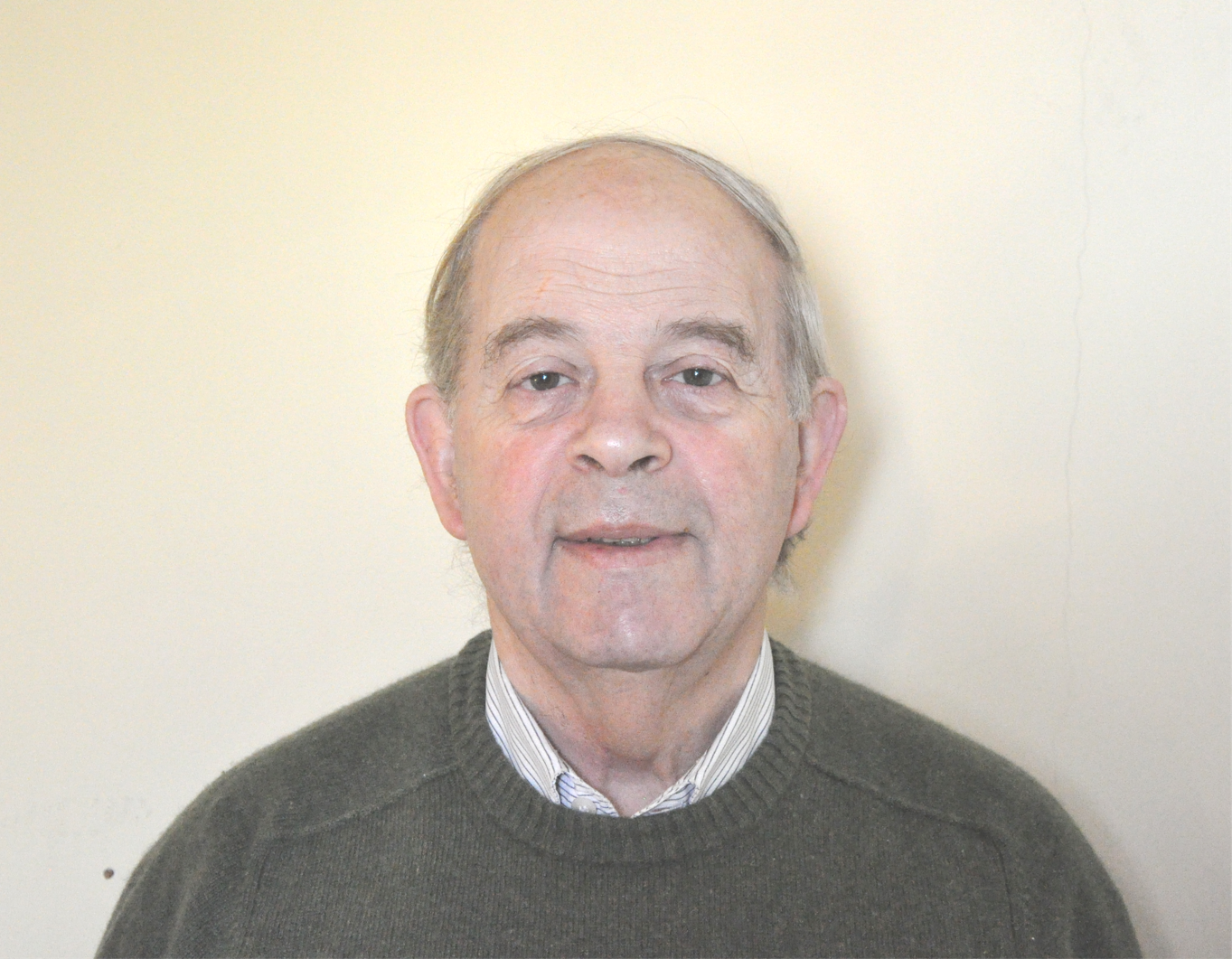Unconventional Borehole Seismic Techniques
OR
SEG members, view the course for free!
Format: Virtual Webinar. 45 min. presentation followed by 15 min. Q&A
An optional post-lecture workshop will immediately follow each lecture for expanded Q&A and networking
Session 1-Spanish, Thursday, March 21, 2024, 11 am to 12 pm US Central Time
Session 2 - English, Thursday, May 16, 2024, 11 am to 12 pm US Central Time
SEG Members Free Access Details
Two live sessions are completed. Please scroll down to watch the videos from the recordings below. SEG members, view the course for free!
Abstract
Unconventional Borehole Seismic Services encompass techniques that go beyond conventional seismic methods like generation of a seismic trace (like Density+ Sonic calibrated with a Check-
shot, and Z-VSP), seismic images 2D and 3D (like the O-VSP, Walk away-VSP, and 3D-VSP). In all of them, the acquisition tool is inside the well and the sources are on the surface.
These unconventional services include:
I) Walk Away VSP for AVO Calibration (Amplitude Variation with Offset): This technique
involves placing sensors close to a specific geological horizon (sources are at regularly distributed in one azimuth). Its primary purpose is to calibrate Amplitude Variation with Offset responses obtained in Surface Seismic.
II) Walk-around VSP for the detection of Horizontal Transverse Isotropy (HTI) anisotropy in formations. This technique places the tool close to a specific geological horizon (sources are regularly distributed at constant distance to the well). It is a method used to gain information about the formations anisotropic behavior, being important for reservoir characterization and drilling decisions.
III) Borehole Acoustic Reflection Survey (BARS): BARS is designed to image reflections near
the wellbore. It typically employs a Sonic Scanner tool, which emits acoustic waves and records
their reflections from the surrounding formation. By extending the distance between the tool and
the far monopole, BARS can capture reflections from greater distances away from the well.
IV) X-Well Survey: This technique is used to establish correlations between two different wells.
It involves placing seismic sources in one well and sensors (geophones) in another well. By
analyzing the travel times of seismic waves and the recorded data, geoscientists can determine
velocity changes and identify reflections. X-Well Surveys are valuable for imaging and
characterizing subsurface features between the two wells.
V) Microseismic Monitoring: Microseismic monitoring is employed to track the development of hydraulic fracturing (fracking) operations. During fracking, fluid is injected into a treatment well to stimulate the extraction of hydrocarbons. This process generates microseismic events (small earthquakes) in the rock formation. Sensors placed in monitoring wells detect these microseismic events, allowing operators to map the growth of the fracture network, assessing the effectiveness of the treatment.
Your Instructor

Lic. Eduardo CORTI received his Licenciatura en Geofísica (Mr. in Geophysics) from the National University of La Plata (Argentina) in 1977. He joined YPF S.A in Buenos Aires (Argentina) in 1979. He became part of the research and development group, focused on new techniques related to Surface Seismic and Borehole Seismic. In 1988, he joined Schlumberger as Borehole Seismic Geophysicist until 2003, as a Regional Geophysicist covering Argentina, Bolivia, Brazil and Chile. Since leaving Schlumberger has been working as consultant in Surface Seismic Processing and Borehole Seismic Acquisition and Processing, providing courses in Argentina, Bolivia, Brazil, Colombia, Mexico, Venezuela, Scotland, France and Spain. He is member of various professional organizations including the Society on Exploration Geophysicists (SEG), the European Association of Geoscientists and Engineers (EAEG) and the Argentinian Association of Geologist and Geophysicist of Argentina (AAGGP). In 2022, he received recognition for his contributions to the field of Geophysics from the Instituto Argentino del Petróleo y Gas (IAPG-Argentinian Institute of Oil and Gas). He has published papers in "The Leading Edge" (TLE) and has made presentations at various congresses and conferences in countries such as Argentina, Brasil, Mexico, USA, and Russia.
